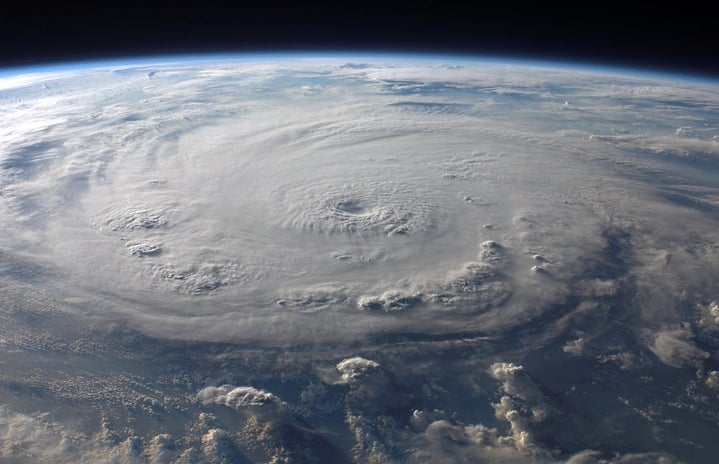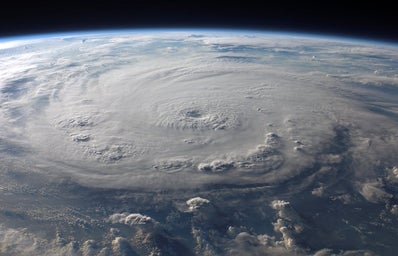A political warzone isn’t meant to be peaceful. It’s not meant to leave behind a haven for endangered species. It’s not meant to be safe.
Yet, for the plants and wildlife growing in a 155-mile long buffer between North and South Korea, that’s exactly what it is.
In the Korean demilitarized zone (DMZ), nature is thriving. The zone was created to keep the warring armies apart after the Korean War in 1953, and it is now guarded by military personnel from both sides. With the help of tall, barbed-wire fences, it remains nearly untouched by humans.
The only place inhabited in the DMZ is North Korea’s Kijong “Peace Village” and South Korea’s Taesung Freedom Village, where residents get special tax cuts for living in “the scariest place on earth,” according to the New York Times. The villages, although only a mile apart, haven’t communicated for centuries, leaving the foggy area quiet and deserted.
The DMZ is also a unique political ground for high-ranked meetings. Kim Jong-un met the South Korean President Moon Jae-in and Donald Trump in the Joint Security Area, which is on the border of the DMZ. Such high-level meetings only increase the intensity of military personnel in the area, who follow their respective country’s orders.
The rules are strict and for good reason. According to National Geographic, a guard killed a South Korean tourist who stepped out of bounds. With political tensions mandating curfews and evacuation drills, the DMZ isn’t ideal for human living, but it’s a different story for the wildlife.
In the DMZ, there are over 5,000 species of plants and animals, according to the South Korea ministry of government. It’s the only place on earth where nature can enjoy the rare privilege of personal bodyguards.
According to NPR, researchers can get special permission to observe animals like the Siberian musk deer, Asiatic black bear and red-crowned crane on the periphery of the DMZ, which is called the Civilian Control Zone (CCZ). Some birds venture out there for food during the day and only come back to the DMZ at night.
However, with the decrease of political tension between the Koreas and the rise of tourism to the enticing DMZ has foreshadowed a threatening future to the wildlife: a repopulation of the DMZ. Before that happens, the South Korean government is trying to name the area a biosphere reserve through UNESCO, and non-profit environmental groups are conducting research on where people’s presence would be least disruptive to the wildlife.
Where it was once a battlefield for contrasting political ideologies, the DMZ today unintentionally protects the unprotected. Man-made politics have made humans suffer and the vulnerable species remain as fortunate collateral. The only question is: how long will the haven last?


